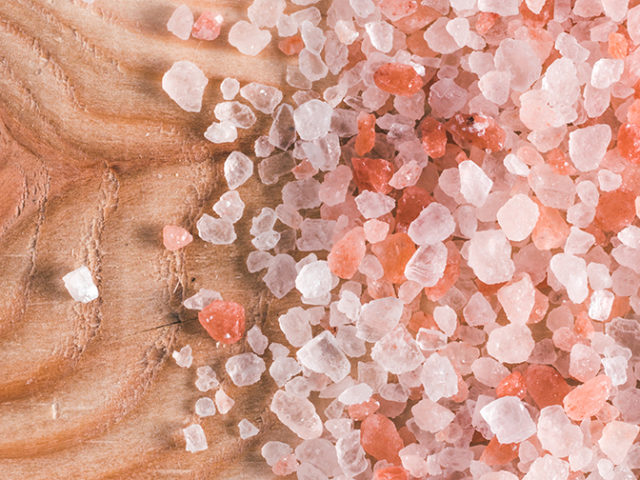Deep inside computer chips, tiny wires made of gold and other conductive metals carry the electricity used to process data.
But as these interconnected circuits shrink to nanoscale, engineers worry that pressure, such as that caused by thermal expansion when current flows through these wires, might cause gold to behave more like a liquid than a solid, making nanoelectronics unreliable. That, in turn, could force chip designers to hunt for new materials to make these critical wires.
But according to a new paper in Physical Review Letters, chip designers can rest easy. “Gold still behaves like a solid at these small scales,” says Stanford mechanical engineer Wendy Gu, who led a team that figured out how to pressurize gold particles just 4 nanometers in length — the smallest particles ever measured — to assess whether current flows might cause the metal’s atomic structure to collapse.
To conduct the experiment, Gu’s team first had to devise a way put tiny gold particles under extreme pressure, while simultaneously measuring how much that pressure damaged gold’s atomic structure.
To solve the first problem, they turned to the field of high-pressure physics to borrow a device known as a diamond anvil cell. As the name implies, both hammer and anvil are diamonds that are used to compress the gold. As Gu explained, a nanoparticle of gold is built like a skyscraper with atoms forming a crystalline lattice of neat rows and columns. She knew that pressure from the anvil would dislodge some atoms from the crystal and create tiny defects in the gold.
Source: “As electronics shrink to nanoscale, will they still be good as gold?”, Stanford University




